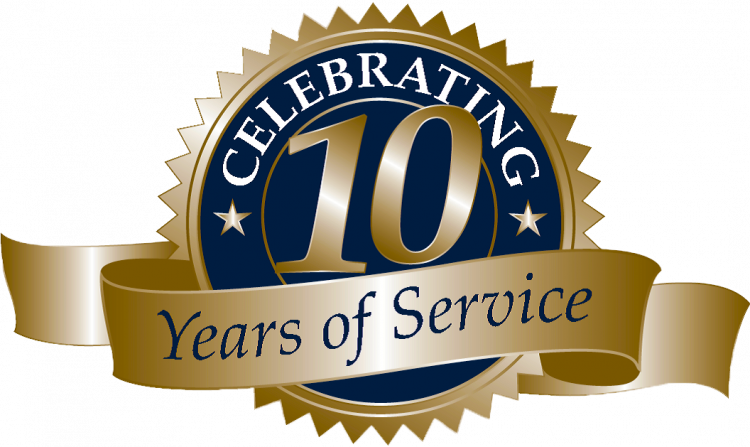
Public health experts, however, often push back with claims that daylight savings has adverse consequences for our health. In support of this notion, the American Academy of Sleep Medicine has now published a statement calling for the elimination of daylight saving time. The piece is published in the Journal of Clinical Sleep Medicine.
According to the authors of the statement, standard time, which we normally return to in the fall, is more aligned with our biology from a circadian perspective. The authors argue that the circadian misalignment that could occur due to daylight savings is associated with increased risks of several health conditions including cardiovascular disease and metabolic syndrome.
In addition to the chronic health issues that the sleep experts raise concern over, they also argue that daylight savings poses acute threats to the public as well. For instance, they point to data suggesting that daylight savings enhances the risk for car accidents, cardiovascular events, and mood disorders.
Given the public health and safety risks that the American Academy of Sleep Medicine professionals believe daylight savings pose, they are asking that the practice be fully eliminated. Rather than engage in daylight savings in the spring, the authors of the statement suggest that we should use standard time as our permanent, year-round time.
Read more healthcare news at OPYS Trending News.
Reference
Rishi, M.A. et al. (2020). Daylight saving time: an American Academy of Sleep Medicine position statement. Journal of Clinical Sleep Medicine. doi.org/10.5664/jcsm.8780
